[ad_1]
When the Fujifilm X100 first hit the promote it took the world by storm. A pocket-sized digicam with stellar beauty and a retro-inspired management scheme, it was immediately coveted by photographers aplenty. We needed to take a retrospective have a look at the X100 sequence from the start and provide the low-down on the upgrades and quirks over time.
For this undertaking, I, Chris Niccolls, would shoot the X100, X100T, and X100V whereas Jordan Drake would shoot the X100S, X100F, and X100VI. I used to be excited to check out the outdated cameras once more because the X100 was one of many first cameras I formally reviewed in my profession; now I had an opportunity to study the entire sequence yet again.
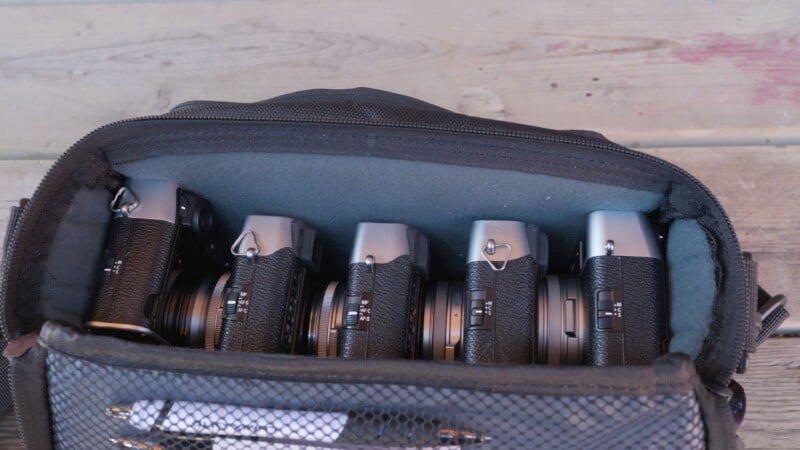
Within the Starting Was the Fujifilm X100
For sure, gross sales for the Fujifilm X100 exploded. The digicam was in style for good cause, too. The X100 featured a quick 23mm f/2 lens which gave a universally liked 35mm full-frame equal focal size coupled with a 12-megapixel APS-C sized sensor that rivaled the picture high quality from many high-end DSLRs on the time.
Most significantly although, the X100 blended the brand new and the outdated to create a timeless basic. Its optical viewfinder introduced all of the attraction of a Leica rangefinder however offered a digital overlay that confirmed autofocus, metering, parallax-corrected framing, and extra. Couple all this with tactile shutter and aperture controls and the X100 was destined for greatness.

Maybe essentially the most compelling cause that made anybody immediately fall in love was the beautiful design. It’s quite telling that though the next cameras obtained barely bigger and extra refined, the general seems and really feel of this line stay largely unchanged even at the moment.
However the X100 was not with out its quirks and pitfalls. When the digicam first hit retailer cabinets, it was tormented by unfinished firmware and poor autofocus efficiency. I used to be lucky sufficient to get my fingers on a completely up to date X100 on this revisiting of a basic, however some points stay.
The X100 featured a built-in leaf-style shutter which might go as much as 1/4000 second. Nevertheless, at wider apertures the shutter would solely go to 1/1000 second which is counter-productive if you need to maintain again further gentle as an alternative of letting extra in. Fujifilm offered an answer to this by including a three-stop ND filter which was elegantly included into the digicam physique. This may very well be simply turned on and off offering the sunshine management when wanted.
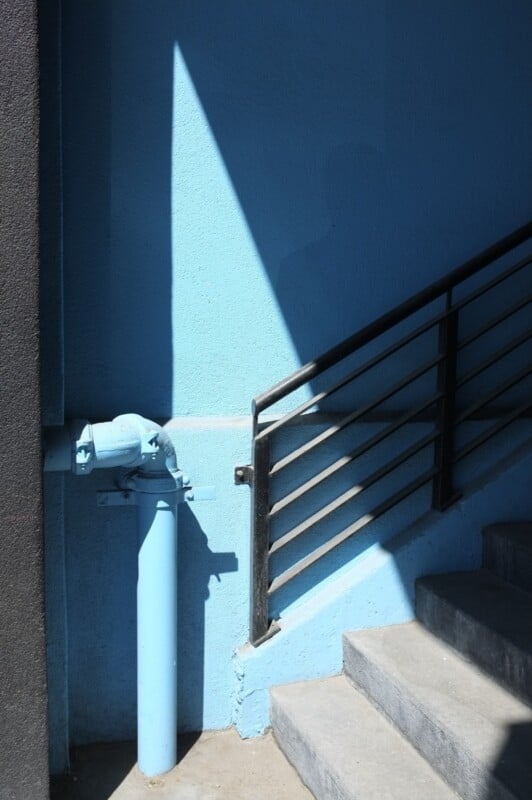
Sadly, the autofocus efficiency by no means actually improved regardless of a number of firmware updates and efficiently monitoring fast-moving topics was a lesson in futility. There was additionally an absence of customizable buttons on a digicam which desperately wanted them and the again dial and menu button would all the time set off or change a setting on the worst time. I additionally don’t imagine that the publicity compensation dial ever stayed on the chosen setting for very lengthy in any respect. You may nonetheless discover used X100 cameras at the moment however except you desire a piece of historical past or are likely to shoot in a extra gradual and conservative tempo, I believe there are higher selections for the cash. Clearly, the X100 wanted an improve to iron out some kinks.
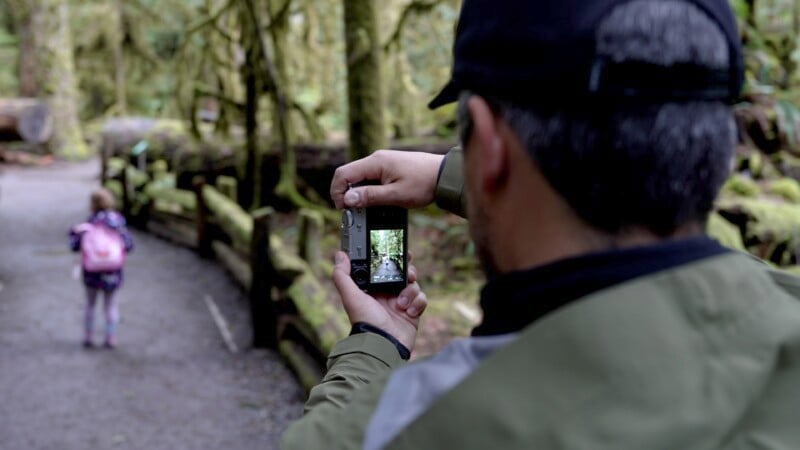
The First of Many Upgrades: The Fujifilm X100S
Alright, it’s Jordan right here to put in writing about my expertise with the Fujifilm X100S, and again in 2013, it appeared like a large improve over the unique. It moved from a 12-megapixel Bayer to the 16-megapixel X-Trans sensor first seen within the X-Pro1. The EVF decision jumped as much as an really usable 2.36M dots (1,024 X 768) and the addition of phase-detect autofocus to the sensor meant efficiency ought to have been rather more assured and dependable.

My expertise capturing with the X100S over a decade after its launch was an train in frustration. The LCD was barely seen even throughout cloudy days, so I relied nearly solely on the hybrid EVF. My largest irritation, although, was with the autofocus. Usually even with a contrast-y topic clearly separated from the background, the X100S would refuse to focus and provides me the dreaded pink field. Much more irritating, although, have been the events after I noticed an AF affirmation inexperienced field solely to evaluation the pictures and discover them fully out of focus.

I’d have a extremely robust time recommending the X100S in 2024. The forthcoming X100 fashions made big enhancements to usability and really feel far much less dated than the second mannequin.
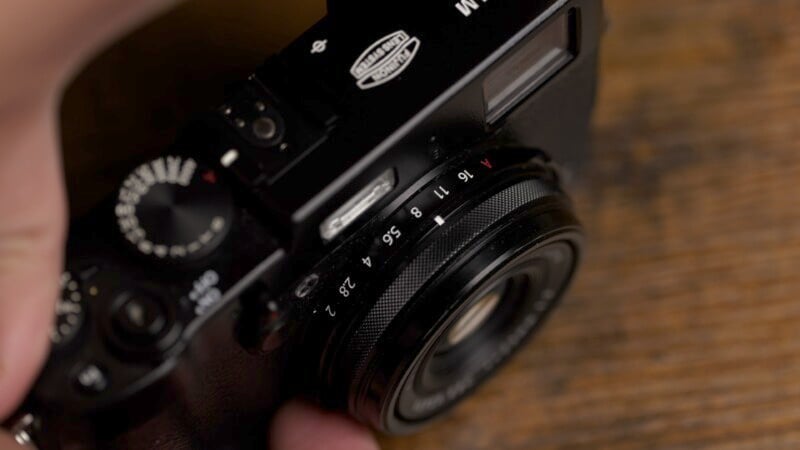
A Main Overhaul: The Fujifilm X100T
Cue the Fujifilm X100T which stands for “third” within the sequence. The X100T went in some daring instructions to try to modernize the system and the primary main change was so as to add a pop-up mini digital show when utilizing the optical viewfinder. This may mean you can preview publicity and white steadiness whereas nonetheless utilizing the OVF and may very well be raised and lowered with the flick of a swap. This method was novel and did work however I discovered it largely distracting in use and it simply made me need to depend on the EVF fully, as an alternative.
Fujifilm additionally added a completely digital shutter which might go as excessive as 1/32000 second. This made the built-in ND filter largely pointless when capturing in brilliant situations. That mentioned, the digicam did undergo from a lack of dynamic vary and nasty rolling shutter points.
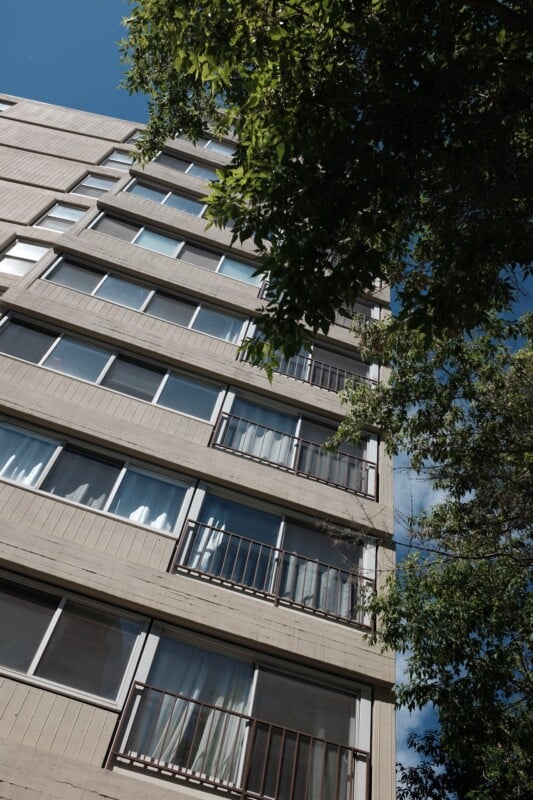
Another considerate quality-of-life enhancements have been an aperture ring that lastly gave third-stop increments of management and a greater three-inch, 1.04-million dot EVF. The X100T additionally added the Traditional Chrome movie simulation mode which was supposed to imitate Kodachrome, and USB charging of the battery in-camera.
It may very well be value attempting out the X100T when you discover a whole lot because the controls are a lot improved over the sooner cameras. Nevertheless, the autofocus efficiency was nonetheless lackluster and the 16-megapixel X-Trans sensor was about to get an enormous increase.
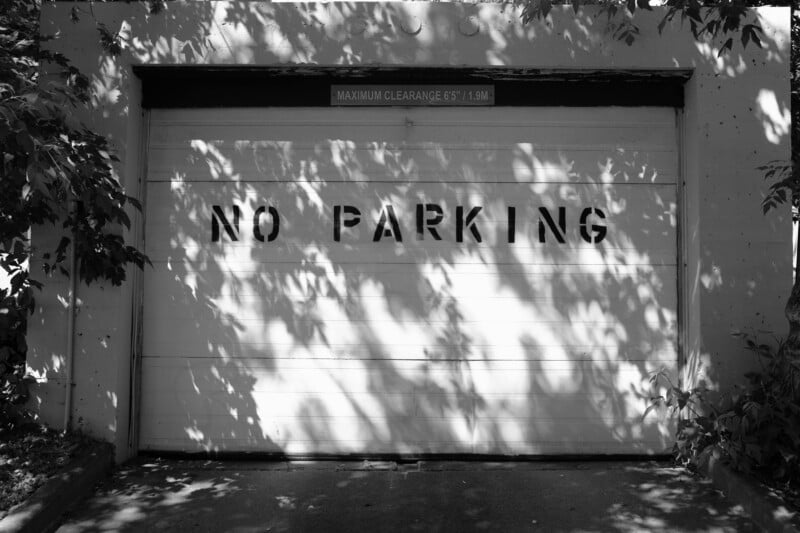
Fourth Time’s a Appeal: Fujifilm X100F
Now we’re actually getting someplace! 2017’s Fujifilm X100F noticed a decision bump to 24 megapixels via an X-Trans sensor. Importantly, there have been way more phase-detect pixels on the chip, making it a lot simpler to exactly select your topic. To help with that process, an AF joystick was launched. The X100F additionally noticed the addition of a entrance management dial so you may bypass the bodily dials and alter publicity like a DSLR. Bodily dial aficionados noticed some enchancment as effectively, with an ISO management wheel embedded within the shutter velocity dial.
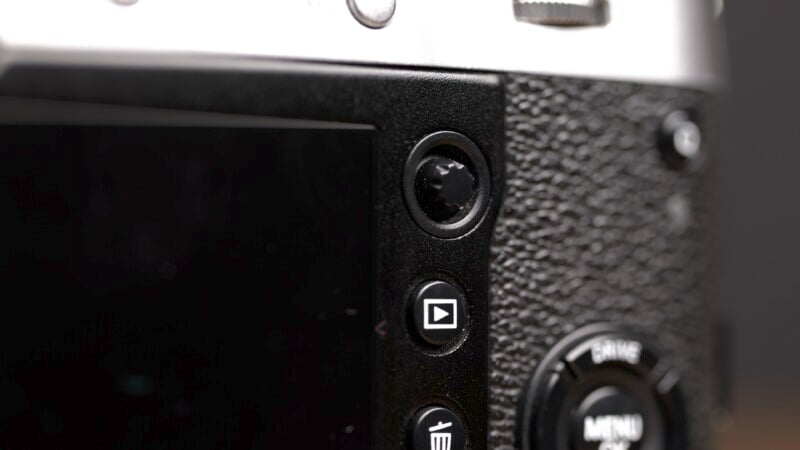
I had a good time utilizing the X100F on my household trip to Vancouver Island. Whereas C-AF and face detection might battle, I had nice success utilizing the focus-recompose approach in S-AF mode. The twin dial format gave me loads of choices to customise my controls, and the interface was lastly very responsive. One factor was made obvious, although: the unique Fujinon 23mm f/2 lens was the digicam’s limiting issue. Even stopped down, it struggled to resolve 24 megapixels value of element.

If yow will discover an X100F for a superb value, and don’t depend on C-AF, the X100F is a particularly enjoyable digicam to make use of, and the oldest X100 I’d really take into account choosing up at the moment.

The First X100 Digital camera I Fell in Love With: The Fujifilm X100V
I would be the first to confess that I by no means fairly jumped on the entire X100 bandwagon. In reality, I even poo-pooed the cameras as pretty inflexible and restrictive and I by no means preferred the lens field-of-view. That every one modified after I first reviewed the Fujifilm X100V as I discovered myself pleasantly stunned at how a lot I used to be having fun with the expertise of utilizing one. And it wasn’t simply me as a result of, to today, the X100V continues to be in big demand, simply exceeding world manufacturing for years. A giant a part of the attraction is the most recent 26-megapixel sensor which provides a super compromise between picture high quality and video functionality. The lens was additionally redesigned to be sharper total for the upper decision sensors and notably higher in close-up pictures too.
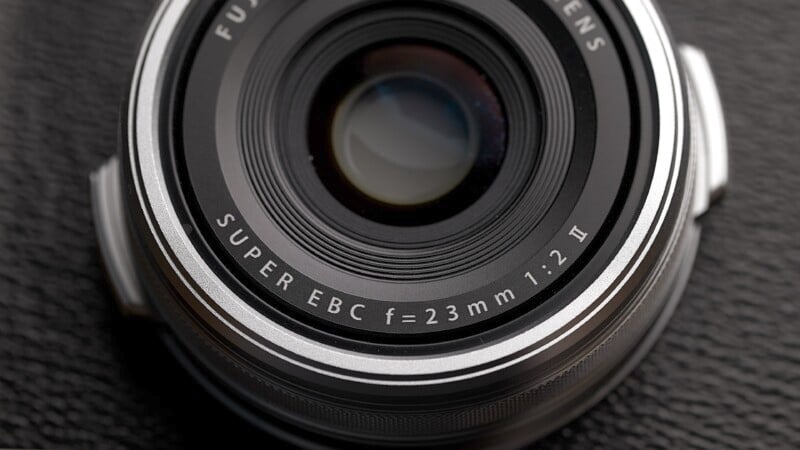
The built-in ND filter was strengthened to 4 stops of sunshine loss and eventually, we had a greater 3.69-million dot EVF. I by no means actually loved utilizing any of the X100 sequence OVF shows so to have a brand new, sharper EVF was an enormous improve for me. The again panel additionally grew to become a touch-screen that tilted out of the physique for prime and low-angle pictures. The X100V additionally stepped up autofocus in an enormous means with respectable monitoring AF and much simpler face/eye detection autofocus.

Video efficiency was wonderful and now featured 4K document modes and an entire plethora of Fujifilm Movie Simulation profiles for each images and videography. Even with the introduction of a more moderen mannequin to switch the X100V, demand continues to be off the charts in a means that we might have by no means seen earlier than in a digicam.

The Legend Continues: The Fujifilm X100VI
With a considerable hole between releases, the X100VI lastly arrived in 2024 with the spectacular 40-megapixel X-Trans sensor. I used to be anticipating that, however not the inclusion of an IBIS unit which makes it potential to handhold lengthy exposures. The X100VI additionally contains the most recent autofocus algorithms together with topic detection and a formidable checklist of video recording modes.

The X100 VI is a pleasure to make use of, and a digicam that I proceed to waffle about buying. The picture high quality is really beautiful and I admire the additional cropping room 40 megapixels present. The autofocus could be very correct, even at my daughter’s celebration with a dozen children working round. The discreet styling of the digicam allowed me to seize actually candid moments I hardly ever get with my intimidating-looking bigger mirrorless cameras.
I additionally liked the expertise of filming in San Francisco with the digicam a couple of months in the past, it was a pleasure to have the ability to slide my major video digicam right into a jacket pocket whereas nonetheless capturing wonderful outcomes.

I believe this mixture of options justifies the X100 VI’s greater value. The actual query is when you can really purchase one. Wait lists are anticipated to take months if not years for orders to be stuffed. Having shot with the X100VI for a short time although, I can definitely see why demand is so excessive.
The X100 Collection is Fujifilm’s Legacy
The X100 sequence will all the time be seemed upon as a shining instance of wonderful digicam design and, extra importantly, a digicam system that’s actually liked by its customers. There is no such thing as a denying that Fujifilm has performed an enormous half within the popularization of the pocket digicam and is a hit story that many different producers should have a look at with jealousy and respect.
There’s a wholesome used marketplace for X100 cameras and the expertise of utilizing one among these cameras is inside attain of most photographers. Hopefully, our video and article may also help you to resolve which mannequin would finest swimsuit you or whether or not it’s value getting on the ready checklist for the most recent fashions. Regardless, one of many important causes we do pictures is to have enjoyable and the X100 cameras are purpose-built to convey a smile to a photographer’s face.
Because of KEH for loaning us the X100, X100S, X100T, X100F, and X100V for the needs of this evaluation. Because of The Digital camera Retailer for loaning us the X100VI.
[ad_2]

